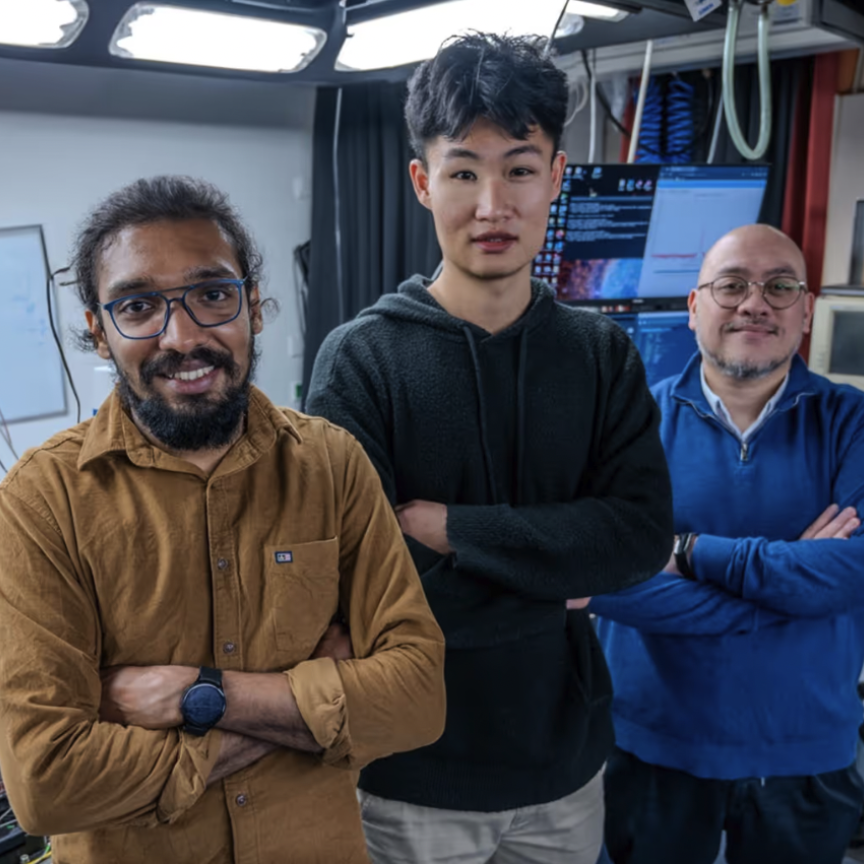Twisting straight nanowires into springs can increase the amount of light the wires absorb by up to 23 per cent, according to new research published in the journal Applied Optics. The 'nanosprings' could improve the energy efficiency of nanoscale devices such as nanowire solar cells and photosensors.
Nanowires are a relatively new technology and their full potential is still being explored. When the tiny wires are made from a semiconductor like silicon, light striking the wire will dislodge electrons from the crystal lattice, leaving positively charged ‘holes’ behind. Both the electrons and the holes move through the material to generate electricity; the more light the wire absorbs the more electricity it generates.
One application for nanowires is for use in solar cells. Currently, nanowires do not convert sunlight into electricity as efficiently as the best crystalline silicon solar cells on the market, but because nanowires can cover more area with less material, the nanowire solar cells could ultimately be cheaper.
Researchers from Bilkent University, Turkey realised that adjusting the geometry of the typical nanowire may be one way to realise the desired efficiency enhancement.
Nanowires are usually long, thin and straight, and their tiny dimensions mean they interact with light differently than ordinary materials. Certain wavelengths of light will match up in just the right way with the dimensions of the nanowire, causing the light to ‘resonate’ or bounce around inside the wire.
These so-called Mie resonances will occur with straight nanowires, but by twisting the nanowire into a helical shape, researchers Mehmet Bayindir and Tural Khudiyev found they could take advantage of the phenomena.
‘When the nanospring period matches with the Mie resonance points, a "double resonance" condition occurs which boosts light harvesting efficiency,’ Khudiyev explained.
Additionally, twisting the wire upwards shortened its length, saving up to 50 per cent of the original area. This would be beneficial for use as nanowire solar cells, as twice as many nanowires could be fitted into the same amount of space, allowing more solar energy to be absorbed for conversion into electricity.
The enhanced light harvesting efficiency of nanosprings also opens new opportunities to build nanoscale devices that power themselves – for example sensors to detect environmental toxins or to monitor the structural integrity of a bridge.
‘Our nanospring shape induces more power output both in the broad spectrum range and at some desired single point (which can be engineered easily), and these make powering of more advanced nanosystems possible with a single nanospring-based photovoltaics system,’ noted Khudiyev.
The group has already developed an easy way to produce nanosprings by first making long nanowire arrays, then heating them to a temperature at which the arrays can be twisted into the nanospring shape. The technique can be varied to control the diameter of the spring and the tightness of the curl.
Further information
‘Nanosprings harvest light more efficiently’, paper in Applied Optics


